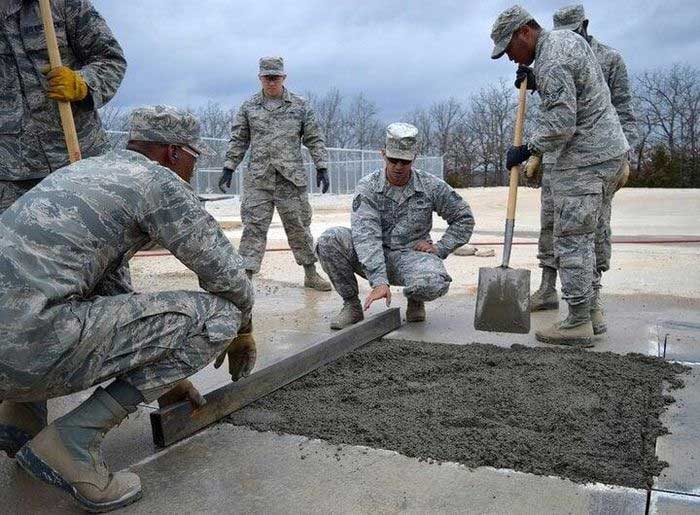The U.S. military is researching the use of microorganisms in conjunction with building materials like concrete to create self-healing structures.
Buildings that can “self-heal” before cracks widen, or concrete runways that can automatically fill in bomb craters, allowing aircraft to continue taking off and landing, are being developed by the U.S. military.
The Defense Advanced Research Projects Agency (DARPA), part of the U.S. Department of Defense, is implementing a project to produce self-healing concrete for use in military facilities.
In literature and film, concrete is often portrayed as the antithesis of life. However, the project “Concrete Restoration Program” – BRACE actually combines biological organisms to create an internal vascular system within the concrete.

The BRACE project is expected to last 4.5 years, involving various laboratories and military contractors with different approaches to developing production technologies.
This circulatory system can heal cracks from within before they reach the surface of a structure, allowing the concrete to “heal” like living organisms. It can also be used to diagnose why concrete is deteriorating.
“The central hypothesis of BRACE is that concrete can be imbued with the self-healing capabilities seen in living organisms, inspired by the human vascular system and the vast networks of fungal mycelium that can spread over large areas similar to buildings,” DARPA stated in a press release, “such systems can provide a healing transport network right within the material to repair cracks before they reach the surface and cause damage.”
Scientists will test several biological methods inspired by fungi and bacteria, Matthew Pava, program manager at DARPA’s Biological Technology Office, told Popular Mechanics. Additionally, enzyme-based approaches and ceramic materials have also been considered. The ultimate goal is to introduce BRACE “into the cracks and voids of old concrete to start repairing, and then maintain a presence to heal additional cracks that appear over time.”
Concrete is a challenging biological environment. Pava noted that it is highly alkaline, “like drain cleaner,” and contains very few organic compounds, such as proteins, to sustain life. On the other hand, concrete also has its unique microbiome.
While it is still too early to confirm whether this new type of concrete could be used in combat zones, strategically, DARPA indicated that large structures such as missile silos, naval piers, or tactical roads would be implemented with this new technology.
The BRACE project is expected to last for 4.5 years, involving various laboratories and military contractors with different approaches to developing new concrete production technologies.


















































